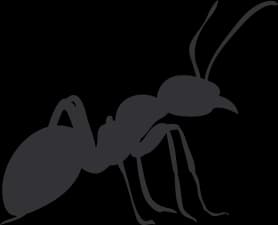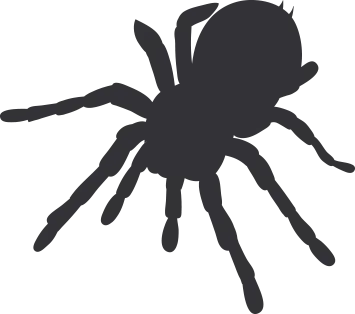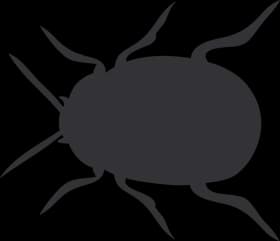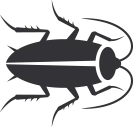The Truth About Termites
The Truth About Termites
As the weather warms up in the spring, so does termite activity. This increased activity is attributed to the termite life cycle and the fact that termites thrive in warmer temperatures. Starting in the spring and lasting into the fall, they forage for food and actively expand their colonies, which leads to swarming. This swarming is what creates those telltale signs that you have a termite problem on your hands. In this blog post we’ll talk about common indicators that termites are active in your home, as well as preventative measures to help diminish the likelihood of a problem.
Termites are sneaky, destructive little creatures that can wreak havoc on your home from the inside out. Infestations can be challenging to discover in the early stages, as significant damage is usually done by the time the homeowner becomes aware. For that reason, it’s important to be privy to the signs of a termite infestation so you can act swiftly.
Signs of Infestation
-
Cracked, peeling or bubbling paint is a common indication that termites are at play in your home. Termites require moisture to survive, so their colonies are designed to retain moisture. Any painted surfaces that are adjacent to these colonies will react as paint typically does when exposed to water.
-
Damaged or hollow wood is another signal that termites may be lurking. Some species of termites feed on and build their colonies inside dry wood. As they consume wood, they leave behind mazes of tunnels which can be highly damaging to structures over time. A quick way to test a suspected infested area is to knock on the wood to see if you detect a hollow sound.
-
Mud tubes are a sure sign of a termite infestation. Subterranean termites build these mud tubes out of dirt, wood and saliva to protect themselves as they travel between their underground colonies and the wood they feed on. These can be spotted along your home’s foundation or in support beams, and are typically pencil-width.
-
Discarded wings found in the basement or near light sources, like doors and windows, are another red flag and should not be ignored. When termites are done swarming, they shed their wings, as they’re no longer needed. Spring is the most common swarming season, so wings are often found shortly following. They’re paper thin, typically light in color, and can be found in piles.
Termites, begone!
Keeping termites at bay is never 100% within your control, but there are proactive measures you can take to minimize the occurrence of an infestation.
-
Termite inspections are a prudent approach to termite prevention. Even if you don’t suspect an infestation, it’s good practice to have things regularly looked over by a professional. The cost of an inspection is negligible compared to the cost of damages from an infestation.
-
Ensure wood siding is at least 6 inches from the ground. Earth-to-wood contact gives termites an easier point of entry.
-
Address moisture problems in basements and crawl spaces promptly, as termites are attracted to moisture and require it to thrive.
-
Always inspect lumber when using it for home and/or garden projects. The last thing you want is to transport those pesky creatures into your environment via a piece of wood (they aren’t afraid to hitch rides).
When addressing termite issues, it is imperative to work with a knowledgeable, skilled pest management professional to ensure proper treatment and elimination of infestations. At Excelsior Pest Group, our service specialists are highly experienced with termite infestation treatment and prevention, and expertly trained in the latest sustainable, certified pest management methods. Learn more about our termite control services here.











